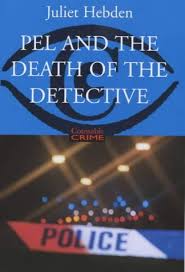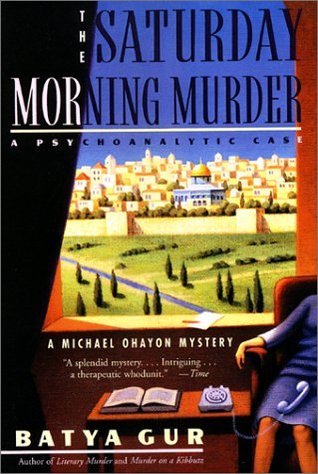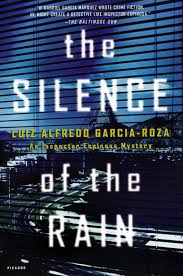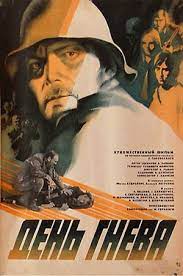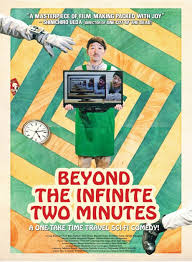Pel and The Death of a Detective (2000) by Juliet Hebden
Good Reads meta-data is 224 pages, rated by 4.33 by 3 litizens.
Genre: krimi.
DNA: France: Burgundy: Gauloise.
Verdict: Is this the end of Pel?
Tagline: Incroyable! Pel stopped smoking…for hours on end.

Everiste Clovis Désiré Pel, Commissionare, Police Judiciare, Dijon is nearing the end. The moody, irascible, sharp-tongued, hypochondriac considers giving up the struggle, the struggle against the judiciary, the struggle against the rules and regulations, the struggle against the well armed villains, the struggle with the hapless civilians who see nothing, hear nothing, and know nothing when questioned by police officers. (And perhaps also the struggle against we readers who want more and more of Pel and we want it now!)
All these frustrations came to a head for Pel when one of his detectives is killed in action because, he thinks, of misinformation supplied by a rule bound bureaucrat who is more interested in photo ops than crime fighting. No, not the egregious Misset, the bad penny who always lands on his feet somehow, but his number one, Daniel of the movie star good looks, which proved no protection against bullets.
Pel has earned a rest after 25 books and two generations of writers chronicling his trials. Here near the end the thin veil is dropped and Dijon is named as the locale.
Much as I enjoy the hunchbacked, balding, diminutive chimney that is Pel, I found this title to be overdone. There are so many back and side stories at the start I needed GPS to navigate. However, it is also true to say that (nearly) all these threads are drawn together at the end, but even so it was hard going wielding a mental machete to get to the end.

